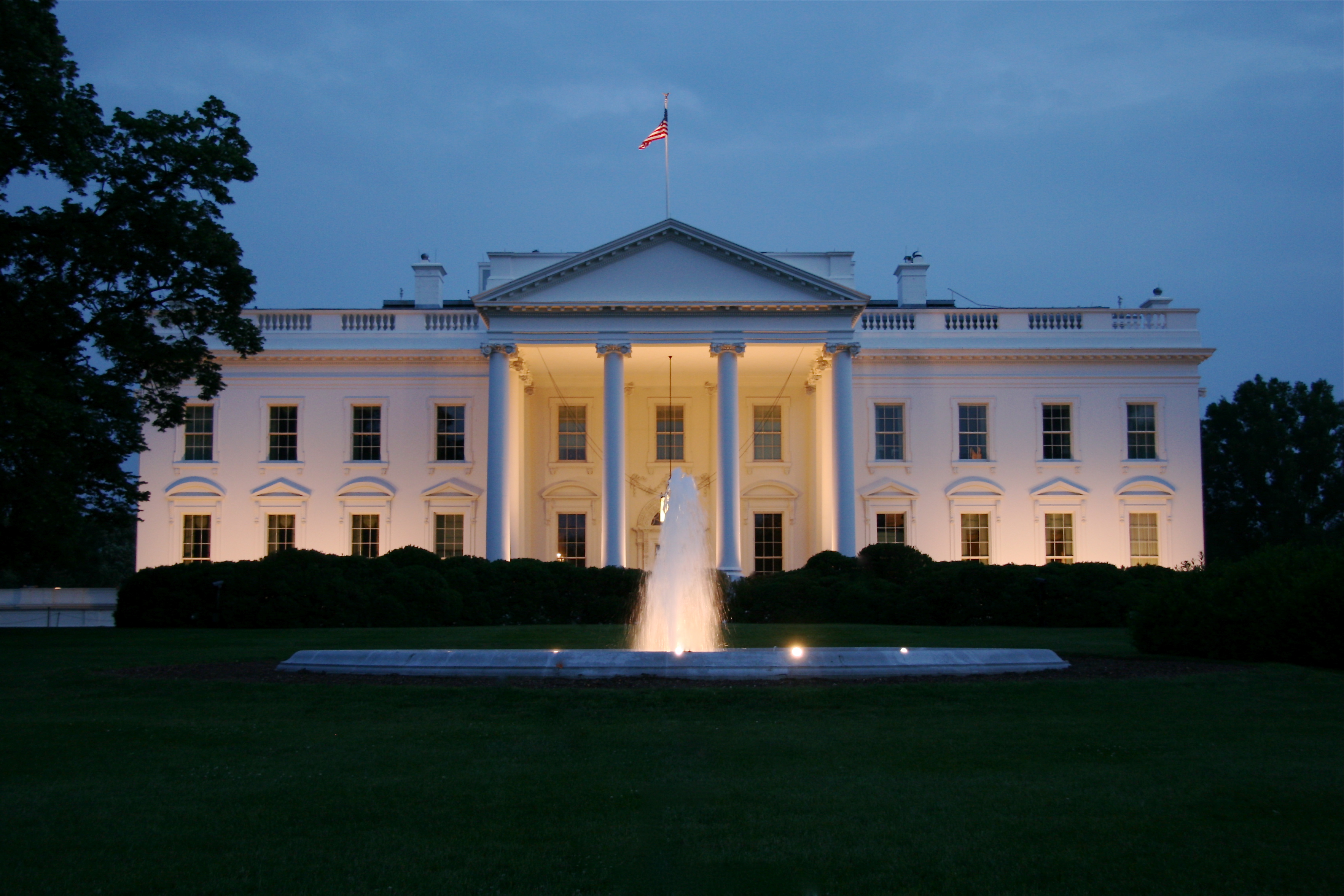Written with contributions by Bjorn Slater, Business Editor.
Congress narrowly avoided defaulting on the federal government’s loans by voting in a bill to raise the debt ceiling and reopen the government late Wednesday evening. The bill comes just hours before the government would have defaulted on all its debt, and 15 days after the government shutdown because Congress couldn’t agree on a budget.
The bill raises the debt ceiling for three months. In the meantime, Congress and the President plan to address long-standing budget deficits with spending cuts.
You don’t have to be an economist to know that the financial issues plaguing the federal government aren’t good for our healing economy, but what exactly is going on, and how we might be affected, is still up in the air.
Despite the confusion, if you have a student loan, you can understand the debt ceiling.
Students take out loans to go to school all the time. That loan has an agreed upon interest rate, which is — hopefully — a small percentage of the loan’s initial value that gets compounded over the time the student doesn’t pay the loan back.
Assuming the loan is unsubsidized, this loan will accrue interest starting immediately. Ideally, the student will get an income-generating job once he or she graduates and will start paying back the loan and interest in installments.
For the federal government, “loans” come from two places as described by the U.S. Department of the Treasury Bureau of Public Debt. The first category is the money the government owes to its own agencies such as Social Security, Medicare or federal government employee retirement benefits.
The second category is the money the government owes to outside entities. By selling treasury bonds and other securities, the government effectively gets loans from foreign or state governments, various kinds of investment funds and even private individuals.
The biggest difference between a student and the federal government is the amount of debt. The average student graduating from college in 2011 had about $26,000 in loans to pay off. The U.S. is looking at $16.7 trillion in debt.
Where to place the blame for the national debt can vary. Generally speaking, the Republican party is known for promoting legislation that reduces direct spending on governmental programs.
However, one article from a Washington State University professor claims that Republicans and Democrats are equally responsible for the steadily increasing debt.
Democrats contribute through direct spending on government-funded programs, and Republicans contribute to the debt indirectly by advocating for tax breaks, which reduces the government’s revenue stream.
Usually, the government would borrow more money to help cover this deficit, but the debt ceiling prevents that from happening.
The debt ceiling is the monetary borrowing limit that Congress sets for itself. The ceiling is regulated by legislation and is the only thing that could prevent the federal government from borrowing more money in order to continue funding the country’s federal programs.
By not being able to fund these programs — the student’s version of paying the bills — the government would have to default on all its debt.
For the student, defaulting on his or her student loans is a terrible thing. The loan ultimately gets sent to a collection agency, and then the Internal Revenue Service can start taking actions to forcibly get the money back from him or her.
For instance, they can intercept paychecks from his or her employer as payment for the loan or repossess belongings to offset the outstanding value of the loan. The former student’s credit score will plummet, and it will make it very hard for him or her to get a loan or buy things like a car or a house in the future.
The same things will happen to the federal government if the debt ceiling doesn’t increase. America’s credit rating will tank, and it will be harder for the government to get any loans in the future.
It will also lead to higher interest rates across the country, from home mortgages to credit card rates, since the federal government’s credit rating is a baseline for credit throughout the U.S. It may also lead to reduced foreign investment in U.S. Treasury securities and currency.
Even with all this in mind, it’s difficult to determine what could result from the U.S. default, because it’s never happened before.
Even though Congress voted to raise the debt ceiling, the damage may have already been done. Fitch, a leading U.S. credit rating company, is currently reviewing the AAA federal credit rating because of how close a call default was.
Simply raising the debt ceiling doesn’t change spending on its own. It only means the country can continue to borrow money with the hope that reductions in spending and or increases in revenue will allow the government to repay its debt.
Wednesday marked the 79th time Congress has raised the debt ceiling since 1960.
Some economists argue that while the country can survive even extended periods of the government shutdown, not raising the debt ceiling could be disastrous.
It would be the first time the U.S. has ever defaulted, and the first time in world history that a country has voluntarily defaulted.
While the country can breathe easy for another three months, let’s hope the threat of default doesn’t come back in January.

















